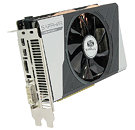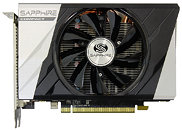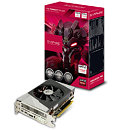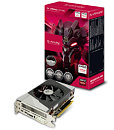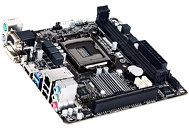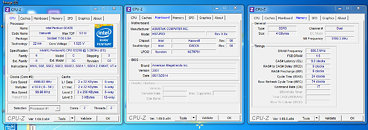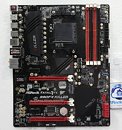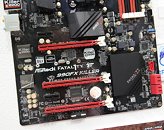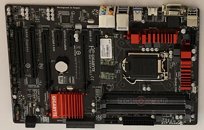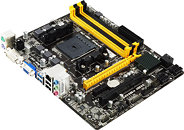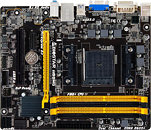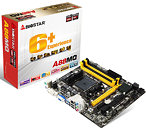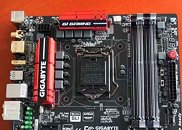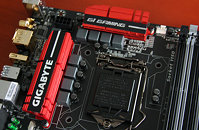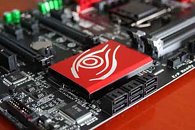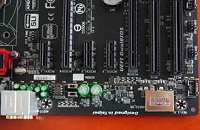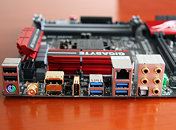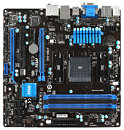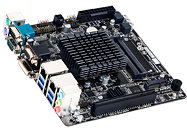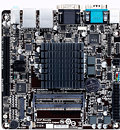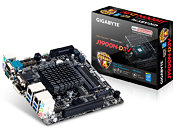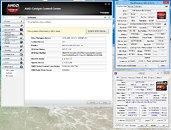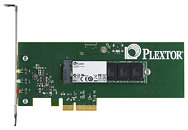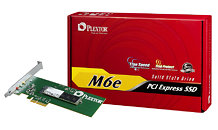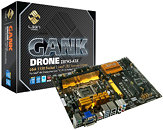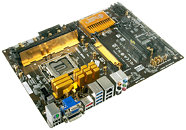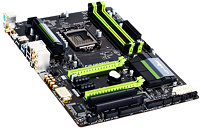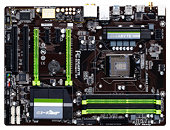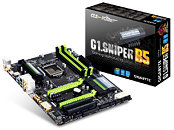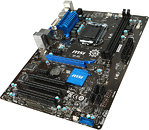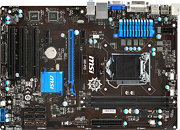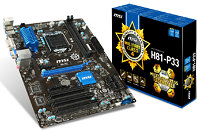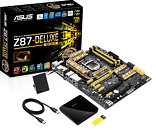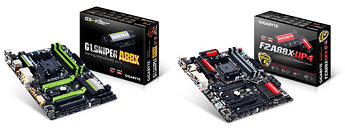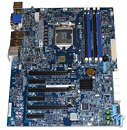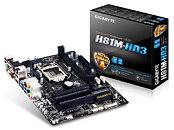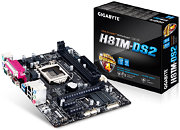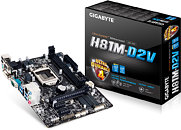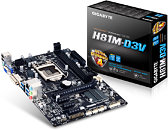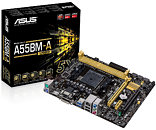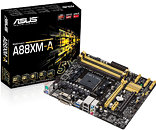
Sapphire Radeon R9 285 ITX Compact Edition Pictured
Sapphire launched its first performance-segment "compact" graphics card to take on the likes of GeForce GTX 760 ITX cards by ASUS and MSI, even if it isn't the first AMD AIB partner to do so. Sapphire's card is based on AMD's swanky new Radeon R9 285 graphics chip, which is slated for September 2nd, 2014. Called the R9 285 ITX Compact Edition, the card is a little over 17 cm long, 11 cm tall, and 2-slot thick. It features a dense aluminium fin-stack heatsink, which is ventilated by a single 100 mm fan. The card draws power from two 6-pin PCIe connectors. A single 8-pin to two 6-pin adapter is included. Display outputs include two mini-DisplayPort 1.2, one HDMI 1.4a, and a dual-link DVI, which has analog (VGA) pins, and an adapter for that is included.
This is also likely the first/only R9 285 card to feature dual-BIOS, with a push-type BIOS toggle switch. This switch lets you select between a UEFI-ready BIOS that features a UEFI GOP driver, and a "legacy" BIOS. Both run the card at the same clock speeds - 918 MHz core, with 5.50 GHz (GDDR5-effective) memory. Sapphire is also readying an OC Edition variant of this card, which comes with a puny 10 MHz overclock (928 MHz core), and untouched memory clocks. Based on the 28 nm "Tonga" silicon, the R9 285 offers 1,792 GCN 1.1 stream processors, 112 TMUs, 32 ROPs, and a 256-bit wide memory interface, which holds 2 GB of memory on this card.
This is also likely the first/only R9 285 card to feature dual-BIOS, with a push-type BIOS toggle switch. This switch lets you select between a UEFI-ready BIOS that features a UEFI GOP driver, and a "legacy" BIOS. Both run the card at the same clock speeds - 918 MHz core, with 5.50 GHz (GDDR5-effective) memory. Sapphire is also readying an OC Edition variant of this card, which comes with a puny 10 MHz overclock (928 MHz core), and untouched memory clocks. Based on the 28 nm "Tonga" silicon, the R9 285 offers 1,792 GCN 1.1 stream processors, 112 TMUs, 32 ROPs, and a 256-bit wide memory interface, which holds 2 GB of memory on this card.
